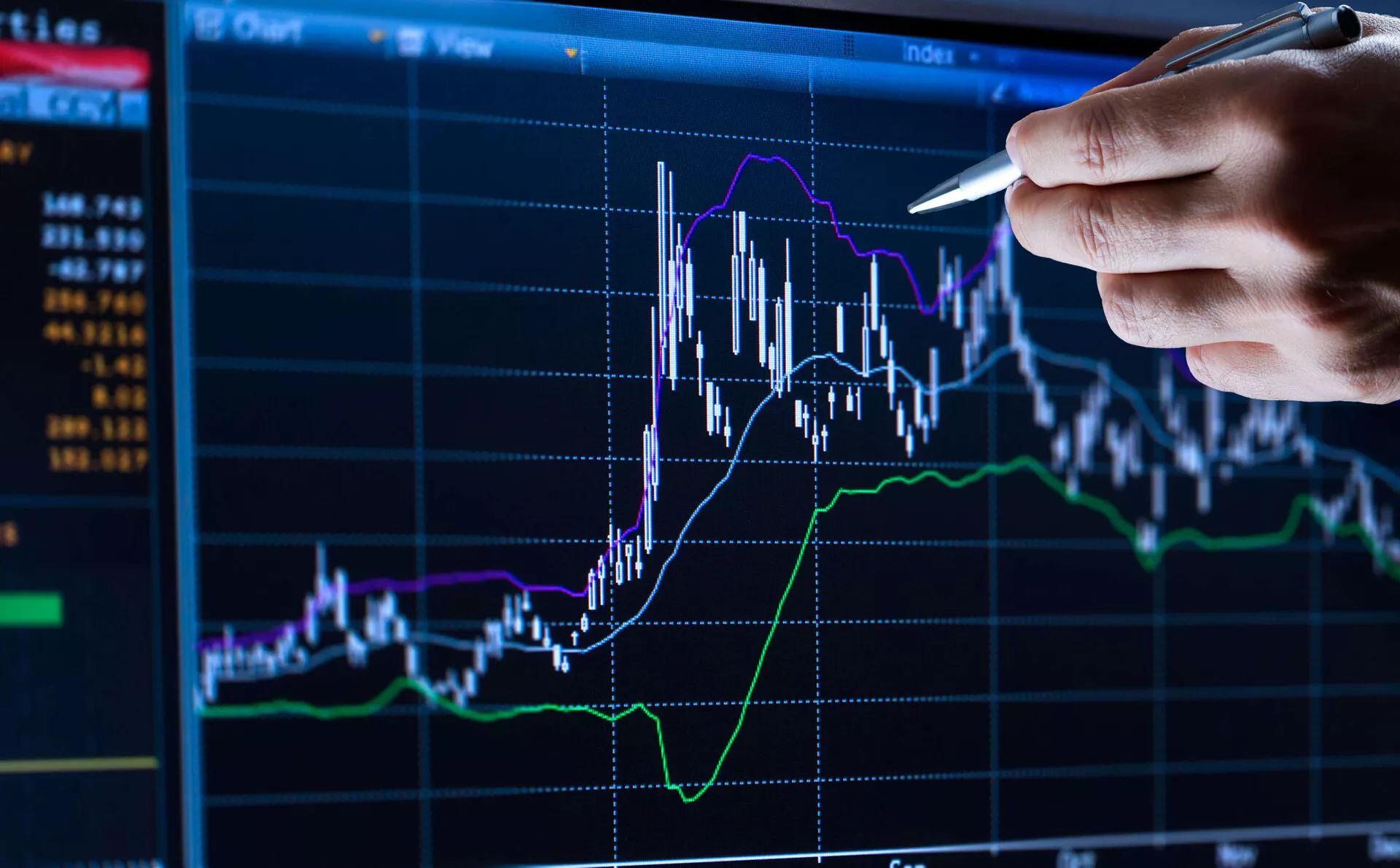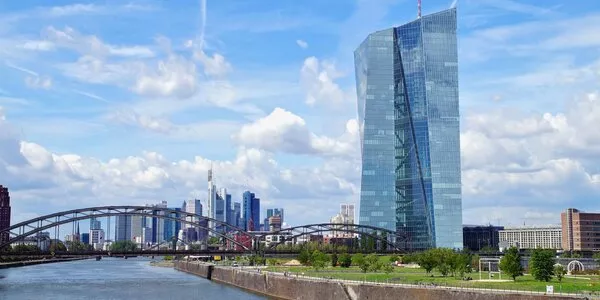
Weekly Update - Europe's energy crisis: the double-edged blade of public support
European states have announced sweeping measures to curtail the impact of the energy crisis. Two main risks arise: making short-term inflation permanent and hitting funding problems for these measures in the medium term.
The crisis has driven up oil prices, then gas and electricity prices.
Energy prices came under pressure first with the exit from Covid, as demand surged simultaneously in all main economies. They then got a further massive boost with the outbreak of war in Ukraine, which hit European gas prices hardest and ultimately fed through to destabilise electricity markets. Overall, in euro terms, oil prices rose by nearly 40% compared to their 2019 (i.e. pre-Covid) levels, gas prices by 1000% and electricity prices by 700% on the forward wholesale market.
A very visible cost in household spending power.
Energy makes up around 8% of the average household budget in the euro zone. While costs have stabilised at the levels observed in August, this still represents a 3,3% cut in households’ 2022 disposable income compared to 2019. Observed cost varies by country, reflecting the characteristics of their energy markets or price caps imposed by some governments. France, for instance capped energy price rises, keeping the rise in energy prices for households to a ‘modest’ 2,2% of their 2022 disposable income compared to 2019.
Cost already seen in balance of trade.
Another way to count the cost of the energy crisis for a country or region is to measure how it has affected their import bill. For the euro zone as a whole, the trade balance plunged into the red for the first time in its history in 2022. While the energy deficit has plateaued at its end-July level, the euro zone is still paying €450 billion, or nearly 4% of zone GDP, more than it was in 2019.
States announce substantial aid packages.
The Bruegel Institute has put the total value of the measures announced by European governments over the last year at €450 billion (nearly 3% of GDP for Europe and UK). Assistance counted here includes spending on nationalisation, bail-outs and loans, but not the supra-national measures currently under consideration by the European Union. These measures look to be big enough to limit the impact of the energy crisis over coming months. Two risks arise: (i) If the shock is temporary, the measures will allow economies to resist but would encourage inflationary pressures by allowing second round effects on non-energy prices. Central banks would be encouraged to tighten policy further; (ii) if the shock proves longer-lasting, European governments will run into difficulties funding their packages, particularly if central banks start to wind down their support for government financing.
Also, in the main events of the week, we chose to talk about the actions of the Federal Reserve and of the Asian central banks.




